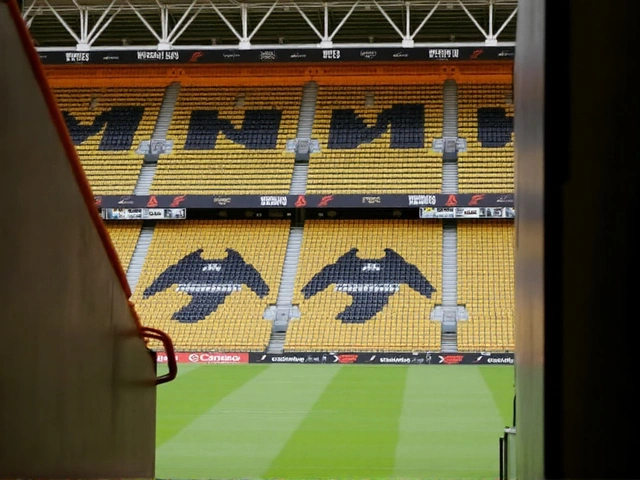Functionality in Golf, Travel and Everyday Life
When working with functionality, the ability of a product, service or system to perform its intended purpose effectively. Also known as usefulness, it drives choices in everything from golf equipment, clubs, balls and simulators built to boost player performance, to gear and public transport ticketing, integrated rail‑bus‑tram passes that make travel seamless to the way golf tournaments, major events that follow strict rules, formats and scheduling operate. In short, functionality is the glue that links purpose with performance.
Why Functionality Matters in Golf Gear
Take a look at the FlightScope Mevo+ simulator. Its core selling point is functionality: it delivers accurate swing data, realistic ball flight and a portable design that fits in a living room. That same principle applies to personalized clubs from MyOwnGolfGear.com—custom loft, shaft flex and grip size are tuned for each player, turning a generic set into a high‑functioning tool. When equipment works as intended, scores drop and confidence rises. The link is clear: golf equipment requires precise engineering and user‑focused design to be truly functional. From simulators that let you practice in rain to custom shafts that match your swing speed, functionality translates directly into better performance on the course.
Functionality isn’t just about tech; it also shapes the rules that govern play. The official golf rules outline how to handle hazards, how to take relief, and what penalties apply. When those rules are clear and functional, players know exactly what to do, avoiding disputes and keeping the game flowing. The rulebook itself is a functional document—it defines the boundaries of fair play. Likewise, the four majors—The Masters, U.S. Open, British Open and PGA Championship—rely on a functional structure of qualifying criteria, cut lines and playoff formats. Without that functional backbone, the prestige of these events would crumble.
Switching gears, the transport world shows how functionality can simplify daily life. Northern Railway’s partnership with Blackpool Transport brings rail‑to‑bus‑tram tickets that let commuters hop between modes with a single pass. That integration is a functional win: fewer ticket machines, smoother connections, and lower emissions from reduced car use. In this case, public transport ticketing must be interoperable, easy to purchase and reliable across different operators. The result is a more efficient travel experience that saves time and money—exactly what functional design promises.
Even historic venues benefit from a functional approach. The Cross Keys Hotel in Burnley, a 16th‑century pub, has long served football fans on match days. Its function isn’t just to serve drinks; it acts as a community hub, a place where fans gather, celebrate and discuss the game. When the building changes hands, preserving that functionality—whether through maintaining a bar area, a viewing screen or a cozy patio—keeps the social fabric intact. A venue’s functional role can therefore impact local culture and fan engagement, showing that functionality extends beyond products to places and experiences.
Finally, tournament functionality ties everything together. A well‑structured tournament provides clear brackets, scheduling, and ticketing systems that enhance the spectator experience. The recent Wolves vs Everton Carabao Cup clash demonstrated this: digital tickets, early‑bird pricing, and a pre‑match light show all added functional layers that boosted atmosphere and revenue. When tournament organizers prioritize functional elements—like smooth entry, reliable livestreams and clear fan zones—the event feels professional and enjoyable. In short, golf tournaments depend on functional planning, technology and rule enforcement to deliver a compelling competition.
All these examples show how functionality weaves through gear, travel, venues and events. Below you’ll find a curated mix of stories that dive deeper into each area—whether you’re hunting the best custom clubs, looking for smarter travel passes, or curious about how historic pubs keep their relevance. Let’s explore the practical side of each topic and see how functional design makes everyday experiences better.

- Jul 27, 2023
- Posted by Caspian Fairweather
How does starter on golf cart work?
As a golf cart enthusiast, I've learned a lot about how the starter works. Essentially, the golf cart starter is the key component that kick-starts the engine. When you turn the key, it powers the starter motor which then spins the engine. A gear on the starter motor engages with a gear on the engine, causing it to crank and start running. Without the starter, your golf cart wouldn't be able to start, making it a vital part of the vehicle.




